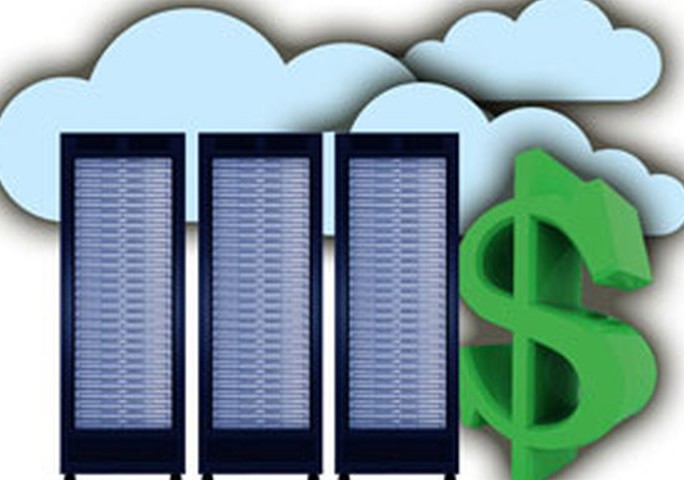Costs Of Cloud Computing At Odds With Growing Complexity

Cloud customers are dealing with confusion over cloud computing costs and the complexity of the services they are paying for
“There’s a steady trend downward [in cost] over time of the legacy workloads,” Kinsella said. “But we are also seeing a shift in more premium workloads. Where four years ago you weren’t seeing heavy use beyond compute and storage, today you are starting to see much heavier use of things like [AWS’s] DynamoDB and Redshift and Kinesis and different services that are higher up the application stack.”
Consultant Cloud Technology Partners recently launched a new set of managed services for AWS, including Continuous Cost Control for AWS. CTP Senior Vice President David Linthicum explains that as workloads get more complex so do the choices users have regarding where to run them.
“It’s like capacity planning that we had to do in the olden days; we are just doing it now in an environment where we don’t have to go through waves of hardware and software buying cycles,” he said.
“The instantaneous nature of the cloud provides the agility, benefits and ability to get at the resources that we need as we need it. But that can also get people into trouble because they are assuming they can go ahead and allocate those resources as they need it and therefore planning has a tendency to fall by the wayside,” Linthicum said.
The trend for costs is uncertain. While real prices for compute services are going down, usage is going up and so is the bill. The trend toward serverless computing could end up being more expensive, Linthicum said. “There is a cost of doing [serverless] in the cloud and the providers are going to pass that directly down to the users,” he said. “The users are going to get more benefit from it but providers are going to charge more for it.”
Ultimately, large enterprises are going to get the upper hand and that’s because of something that is popular in the traditional on-premises world—volume discounts. “We are seeing aspects of that right now,” Linthicum said.
“That’s going to leave a lot of the SMBs out of the mix because they don’t have the same kind of economic might to play around with a cloud provider. That will affect pricing a little bit. The large enterprises will get a much greater discount than the traditional rank and file—less than $1 billion companies, which is the majority of users of cloud right now.”
Quiz time: Test you knowledge of the cloud in 2017!